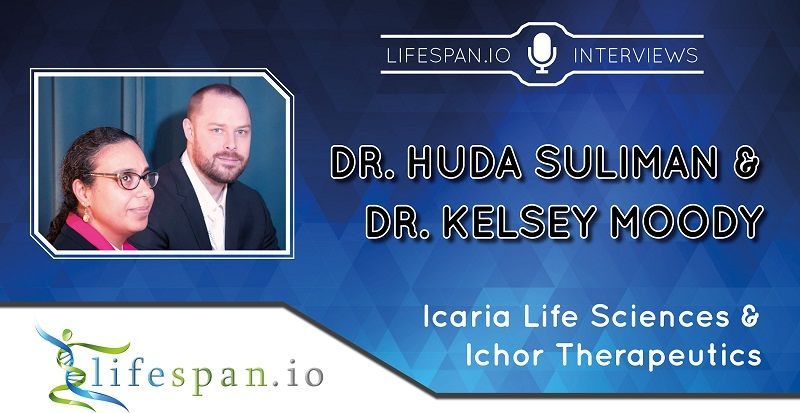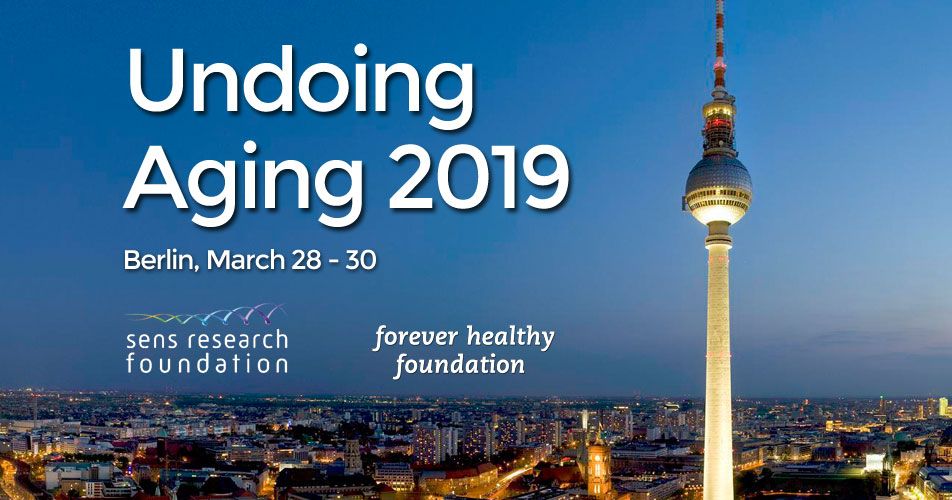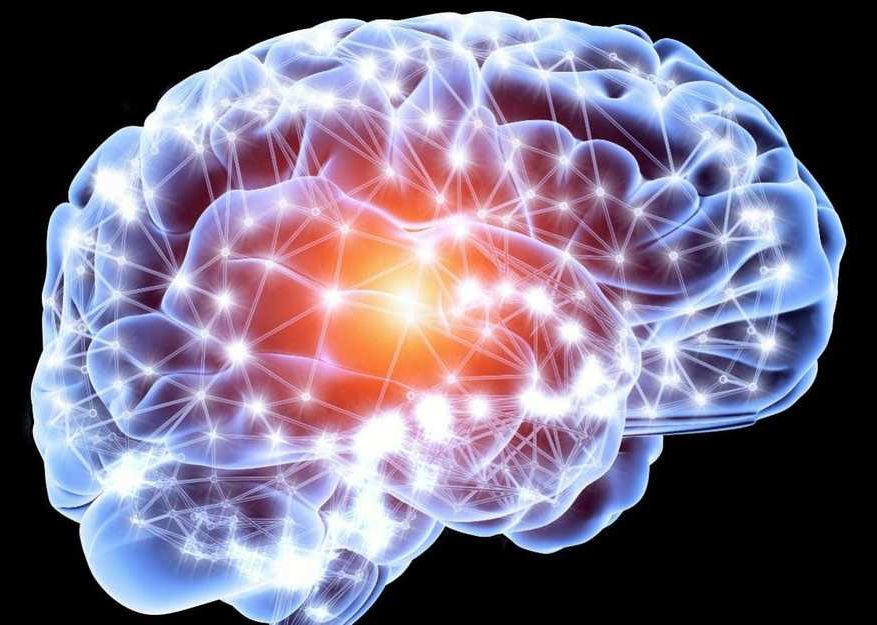Archive for the ‘life extension’ category: Page 417
Apr 11, 2019
Eurosymposium on Healthy Ageing – Sven Bulterijs
Posted by Steve Hill in category: life extension
Apr 11, 2019
An Interview with Drs. Kelsey Moody & Huda Suliman
Posted by Steve Hill in categories: biotech/medical, life extension
At Undoing Aging 2019, we interviewed some of the best researchers who are involved in discovering therapies for the root causes of aging. Their research aims to ameliorate the damages of aging and may one day lead to a future without the diseases of aging.
We were glad to have the opportunity to conduct a joint interview with Dr. Kelsey Moody and Dr. Huda Suliman. They offered several keen insights on the future of Ichor Therapeutics and the nature of the rejuvenation biotechnology industry.
K: I’m Dr. Kelsey Moody. I’m the Chief Executive Officer of Ichor Therapeutics and its portfolio of companies. Ichor itself is a biopharmaceutical company that does drug discovery in the aging space, and we have a variety of portfolio companies, each of which is designed to target a different type of age-associated damage. Through these companies, we’re developing classes of different drugs to move into the clinic for conventional therapeutic applications as well as, hopefully, more anti-aging targeted therapies as well.
Continue reading “An Interview with Drs. Kelsey Moody & Huda Suliman” »
Apr 10, 2019
An Interview with Dr. Aubrey de Grey
Posted by Steve Hill in categories: biotech/medical, life extension
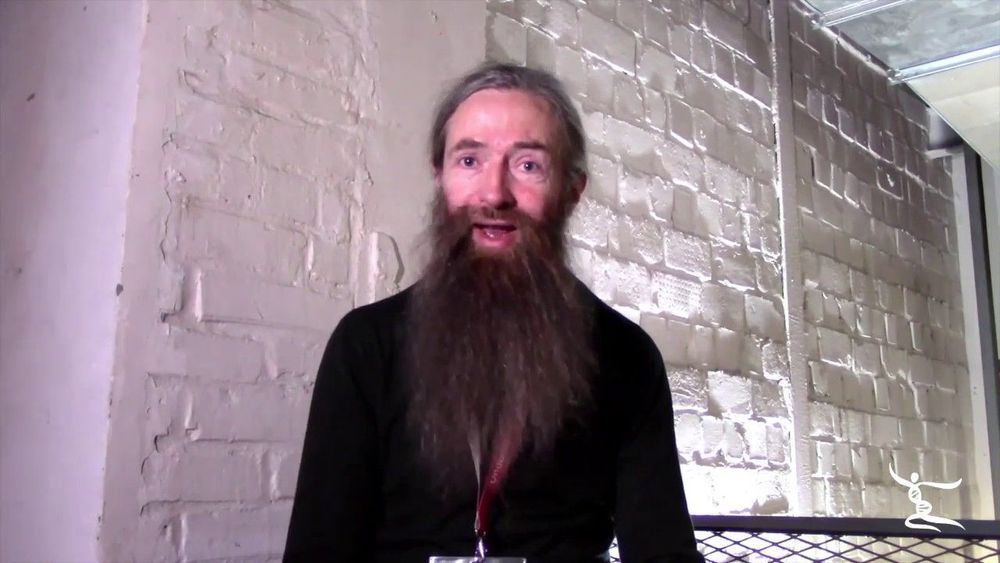
At Undoing Aging 2019, we interviewed some of the best researchers who are involved in discovering therapies for the root causes of aging. Their research aims to ameliorate the damages of aging and may one day lead to a future without age-related diseases.
We even had the chance to interview the well-known Dr. Aubrey de Grey, whose organization, the SENS Research Foundation, partnered with Forever Healthy Foundation to make Undoing Aging 2019 a reality. We asked him questions about how far SENS has come as an organization and what we can expect from future conferences.
Apr 10, 2019
Program: We are happy to announce Dr. Ruby Yanru Chen-Tsai, Co-founder and Chief Scientific Officer at Applied StemCell, Inc. as a speaker for the 2019 Undoing Aging Conference
Posted by Michael Greve in categories: bioengineering, biotech/medical, genetics, life extension
“Ruby, along with her company Applied Stem Cell, is one of the world’s most respected experts in gene editing. We are delighted to be working with her on our ambitious project to transform the potential of somatic gene therapy, in terms of both its safety from creating unwanted mutations and its efficacy in delivering large amounts of DNA, which is founded on some pioneering work at Stanford in which she was also heavily involved.” says Aubrey de Grey.
https://www.undoing-aging.org/news/dr-ruby-yanru-chen-tsai-t…b5IQ0dQ64s
#undoingaging #sens #foreverhealthy
Apr 9, 2019
Stanford team develops brain-rejuvenating antibodies that let old mice think like youngsters
Posted by Quinn Sena in categories: life extension, neuroscience
In a stunning piece of research, Stanford neuroscientists have hunted down a single gene that encodes a protein responsible for age-related cognitive losses, targeted it with special blocking antibodies, and shown in mice that these antibodies can rejuvenate old brains to work as well as young ones.
Apr 9, 2019
3D printed tires and shoes that self-repair
Posted by Quinn Sena in categories: 3D printing, chemistry, life extension, robotics/AI
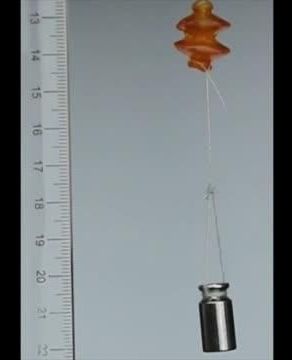
Instead of throwing away your broken boots or cracked toys, why not let them fix themselves? Researchers at the University of Southern California Viterbi School of Engineering have developed 3D-printed rubber materials that can do just that.
Assistant Professor Qiming Wang works in the world of 3D printed materials, creating new functions for a variety of purposes, from flexible electronics to sound control. Now, working with Viterbi students Kunhao Yu, An Xin, and Haixu Du, and University of Connecticut Assistant Professor Ying Li, they have made a new material that can be manufactured quickly and is able to repair itself if it becomes fractured or punctured. This material could be game-changing for industries like shoes, tires, soft robotics, and even electronics, decreasing manufacturing time while increasing product durability and longevity.
Continue reading “3D printed tires and shoes that self-repair” »
Apr 9, 2019
Reversing Cognitive Decline
Posted by Steve Hill in categories: life extension, neuroscience
A team of Stanford researchers led by Professor Wyss-Coray set out to find out which genes were linked to age-related cognitive decline. Not only did the researchers find the culprit, they were able to reverse cognitive decline and rejuvenate aged mouse brains.
Searching for the cause of cognitive decline
Microglia are immune cells that reside in the brain and spinal cord. These cells mediate immune responses in the central nervous system and act like other macrophages, clearing cellular debris and dead neurons from nervous tissue through the process of phagocytosis (cell eating).
Apr 8, 2019
Memory of older people returned to state of someone in their 20s
Posted by Genevieve Klien in categories: life extension, neuroscience
The memory of older people has been returned to the state of someone in their 20s for the first time by applying electrical stimulation to the brain to reconnect faulty circuits.
Scientists at Boston University in the US have proven it is possible to restore working memory by ‘recoupling’ areas of the brain which have become out-of-sync as people grow older.
Short-term working memory is crucial for everyday life, storing information for around 10 — 15 seconds to allow problem solving, reasoning, planning and decision making, allowing someone, for example, to keep a telephone number in mind while writing it down.
Continue reading “Memory of older people returned to state of someone in their 20s” »
Apr 8, 2019
Senolytics Improve Recovery Following a Heart Attack
Posted by Steve Hill in category: life extension
In a new study, researchers show that the presence of senescent cells is an important contributor to aging of the cardiovascular system, particularly the heart [1].
Senescent cells and senolytics
As your body ages, increasing amounts of your cells enter into a state of senescence. Senescent cells do not divide or support the tissues of which they are part; instead, they emit a range of potentially harmful inflammatory chemical signals, which are known as the senescence associated secretory phenotype (SASP). The SASP can also encourage other nearby healthy cells to also enter the same senescent state.
Continue reading “Senolytics Improve Recovery Following a Heart Attack” »


